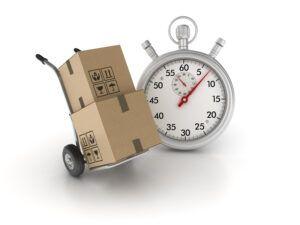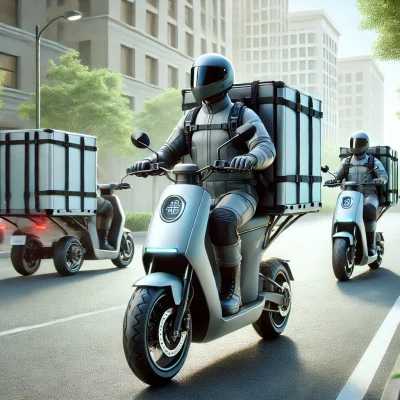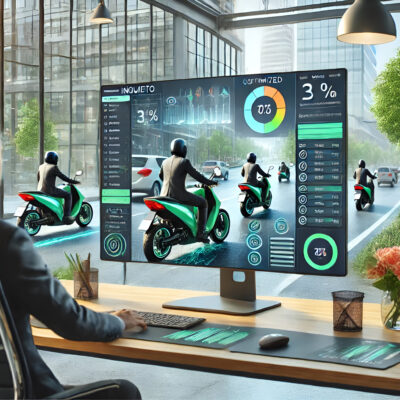The shopping experience of a business is inevitably influenced by its last mile service, which becomes a determining factor for customer satisfaction. The more transparency, facilities and comfort a company offers its consumers throughout this process, the greater their degree of satisfaction and trust in it. Deploying the technology to successfully overcome this challenge is a winning strategy: tracking devices, continuous updating of order status… or the definition of delivery time slots.
What are slot systems?
Every day, an increasing number of companies choose to set up time slot systems to address the logistics challenges they face and improve the efficiency of their deliveries. These types of systems afford the possibility of scheduling deliveries in previously defined blocks of time, thus benefiting both customers and the business itself. Consumers feel that they have more control over their order and the seller plans its delivery routes in a more optimised way.
Slot systems break the day up into several intervals, for example, from 9:00 a.m. to 11:00 a.m. or from 4:00 p.m. to 6:00 p.m. Thus, when the time comes for customers to place the order, they can choose the time slot that best suits them for the delivery of their package. In this way, the process is more convenient for them since they avoid unnecessary waiting or time wasting.
It is a much more flexible system for consumers, a system that provides the latter with a greater control over their delivery, adjusting it to their availability and not the other way around. And it is also a much more advantageous system for the seller as it allows the latter to distribute its deliveries more efficiently, avoid unnecessary trips and cut usage costs. At the same time, it gives the seller points in terms of customer satisfaction if said slots are complied with.

Time slots and sustainability
Many companies choose to contribute to the sustainability of each last mile journey by setting up the time slot system. And it is that this system, together with state-of-the-art technologies, allows advice to be provided to customers about the times when the delivery of their order has the least environmental impact. In other words, the portal for the business in question provides the buyer with information, based on a series of algorithms, about the environmental impact of each delivery option by time slot.
Hence, by selecting one or the other, the customer can observe what the implication is in terms of sustainability of their package being delivered in different slots. In addition, most companies go for the most sustainable option and deliver within said slot at no extra cost. In this way, they contribute to the consumer opting for the least polluting alternative. And how is the impact on each slot calculated? So, the algorithm responsible for calculating it takes into account various factors: the customer’s delivery address, the deliveries already committed to and the logistical resources required to carry out each delivery.
Leaving this calculation aside, the time slot system offers a series of direct advantages to the sustainability of the distribution. And by optimising delivery routes, fuel consumption and hence the emission of polluting gases is lower. Traffic congestion is also reduced in cities, improving air quality. And if a business’s last mile fleet consists of electric vehicles, this system optimises their autonomy, cutting down on travel and energy expenditure.
In any case, the configuration of this type of system must be coordinated in detail in order to be effective. So once again, planning is the key to its success.





